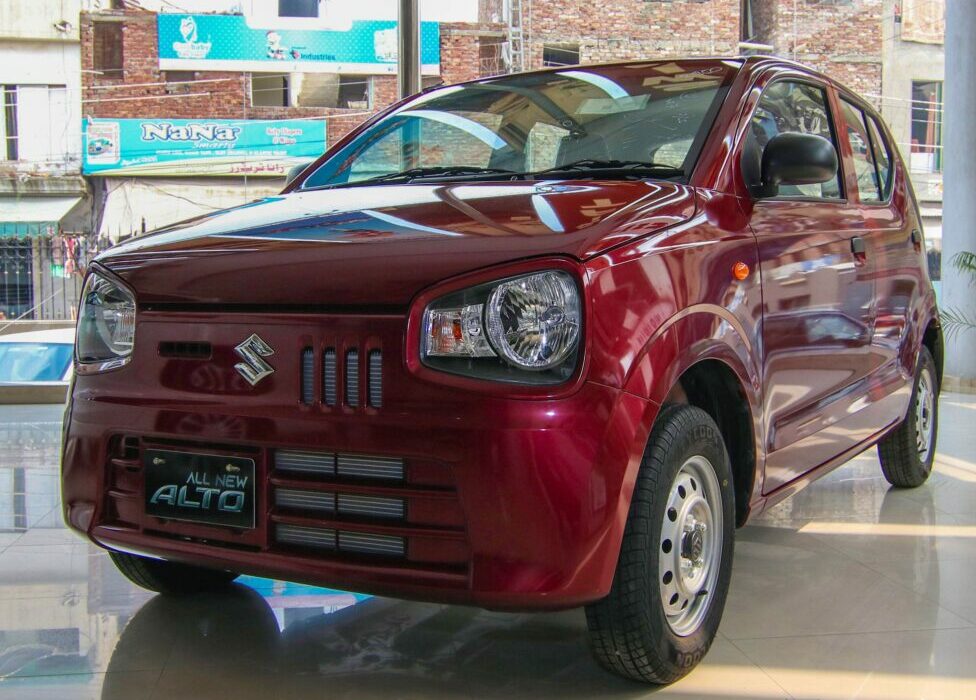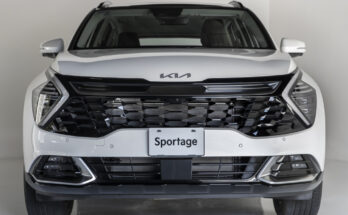The Japanese government has recently threatened to take Pakistan to the World Trade Organization (WTO) for forcing its three car assembling companies to export, as they think it violates WTO rules. On the other hand, Pakistan maintains that its actions comply with WTO rules.
Related: Japan Threatens WTO Action Over Pakistan’s Auto Export Policy
This development follows Pakistan’s directive to its three major Japanese car assemblers— Suzuki, Toyota, and Honda — to increase their export activities. The government is asking to export a mere 2% of the imported value of CKD starting FY22, which may rise to 10% by FY26. The export could be of car parts or fully assembled units. Certainly, the number is not large in and of itself, yet it lacks determination.
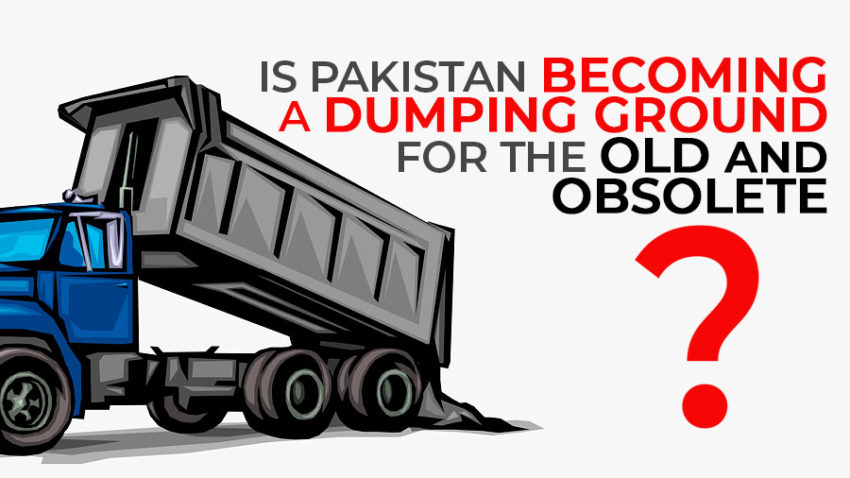
The first question that comes to mind is, what is the reason behind Japan’s intense pain if only 2% of its imported value of CKD is required to be exported? The answers are perhaps many. First is the kind of vehicles that Japan has been producing (read assembling), in fact dumping here in Pakistan for more than 3 decades of presence starting from the 90s. With more than 70% of locally assembled vehicles being obsolete, there is hardly any place in the world where these globally retired models or their parts could be exported, not even to African nations.
Related: Japanese, Korean, or Chinese, Who Sells the Most Obsolete Cars in Pakistan?
On the other hand, some Chinese new entrants are already experimenting with exporting fully assembled cars. Their localization is very low, but they still are tapping the export market. Moreover, the models sold by Chinese players in our market are aligned to the rest of the world in terms of age, as well as features & equipment on offer. On the flip side, the biggest Japanese player by value in the local market was only able to export carpets in recent months.
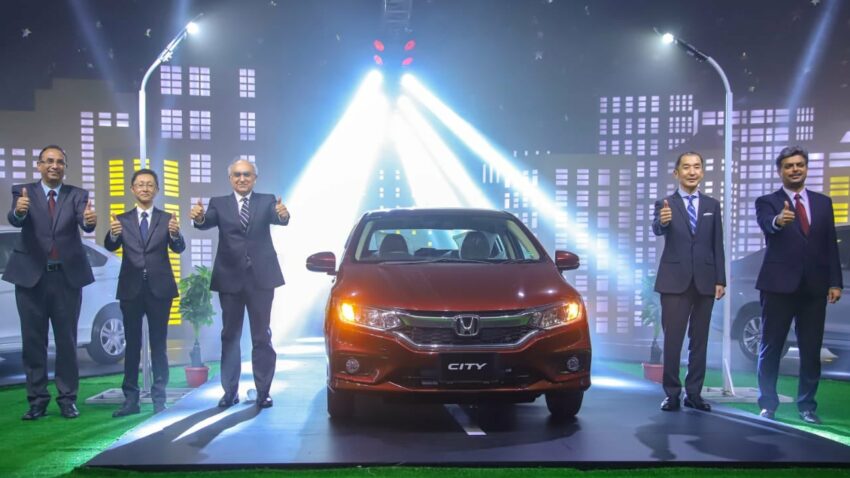
Then comes the low benefit of localization, due to which export (for Japanese assemblers) is becoming an issue. We have heard for a long time now about the “high localization” that the Big 3 (Suzuki, Toyota, and Honda) have achieved, but as has already been mentioned several times, the high percentage that is being claimed is composed of a lot of small, insignificant parts that one could touch and feel, while the parts and components that require a sophisticated level of engineering, like engines and transmissions, and safety components, are all imported. Consequently, there is no meaning to the high localization claims.
Related: Obsoletometer- Check Which Automaker Sells Most Number of Obsolete Cars
According to Business Recorder, the assembler of the recently launched Toyota Corolla Cross asserts that it has undergone 50% localization; yet, its net price after taxes is approximately $23,900, which is only 3% less than the net price in the United Arab Emirates, where it is available as a CBU-imported model. And perhaps, excluding dealer margins, the car is cheaper in Dubai, so where is the advantage of 50% localization in Pakistan?
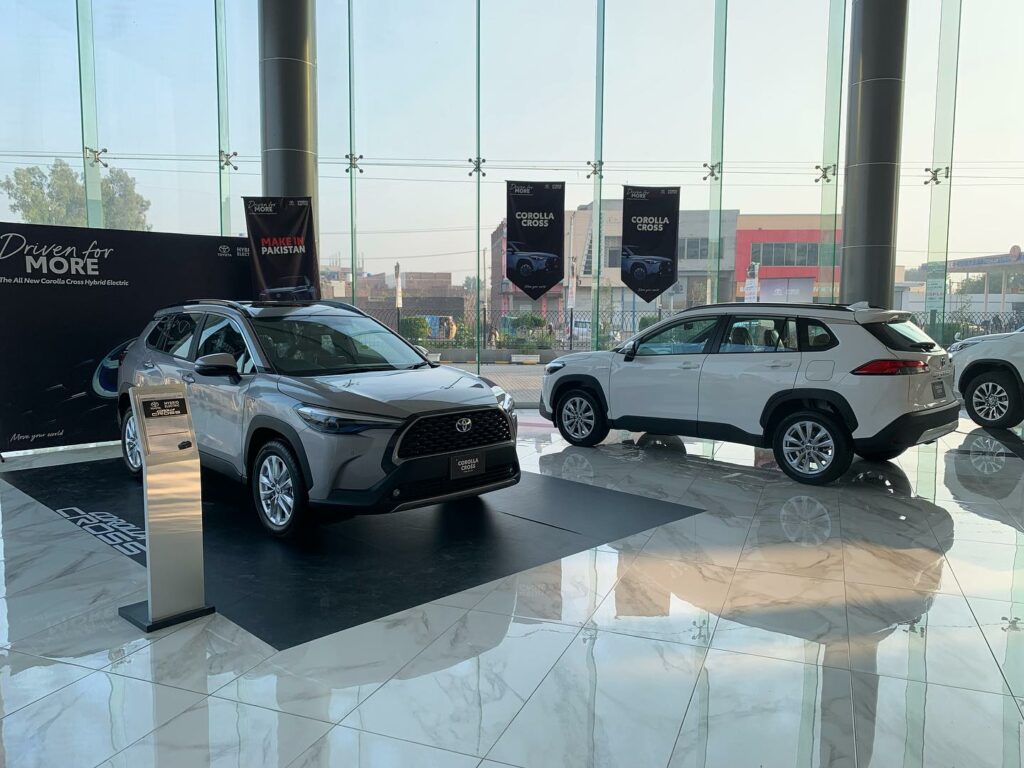
Pakistan is a veritable gold mine for Japanese companies, as it provides a golden opportunity to earn thick profits by selling discarded/ globally discontinued models at exorbitant prices. With zero innovation, no R&D, a lack of govt regulatory eye, and utmost protection, the kind of comfort available to these assemblers in Pakistan can never be enjoyed anywhere else in the world.
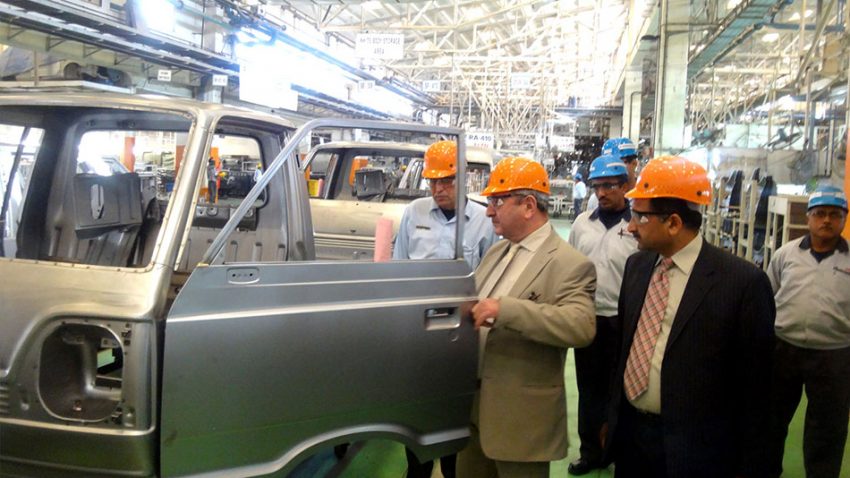
The pain is understandable due to the growing influence of non-Japanese options that have taken the bulk of sales away from the traditional Japanese players in a market that’s diminishing in size quite fast. A few years ago, Pakistan’s auto industry output (PAMA member companies) was around 250,000 units a year, and it came down to hardly 100,000 units in the last fiscal year. This year though, the numbers indicate that sales will hardly hover around 85,000 units. But at the same time, the share of South Korean, European, and Chinese CUVs targeting the up-end segment is growing fast.
Related: 11th Gen Toyota Corolla Enters 10th Year of Production in Pakistan
Buyers of expensive Corolla & Civic models are drifting towards value-for-money CUVs offered by non-Japanese players in the same price domain. Sales in this segment are less impacted as it caters to the elite class with strong purchasing power. Meanwhile, the mass market options where the Japanese primarily dominate are suffering due to insanely high car prices, the diminishing purchasing power of middle-class buyers, and expensive yet stringent auto financing conditions due to which sales have been cut to half. Nevertheless, despite sales falling by nearly 50% annually, the assemblers are still able to report a mere decline in profits and are not suffering from the massive losses that one might anticipate from the depressing sales data.
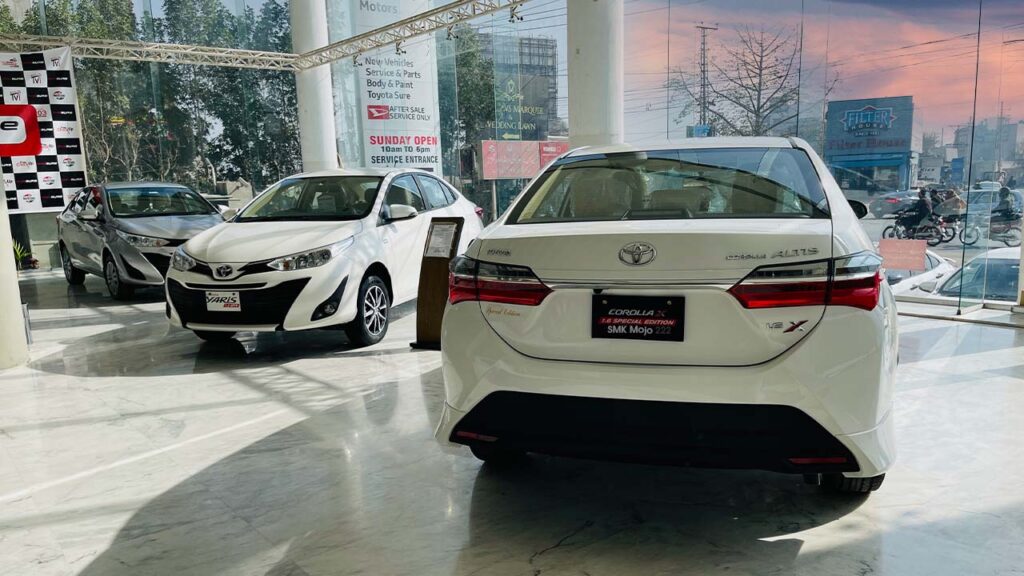
As the market evolves and competition arrives, Japanese companies are already beginning to suffer from a diminishing share in a market where they are used to enjoying a competition-less environment will full govt support up until now. However, now consumers who can spend cash even in these testing economic times have much better options available rather than the feature-ripped outmoded Japanese-origin vehicles. The competition is intense and they know it, but perhaps the best they can do is to lobby and press the govt to make policies in their favor, something the Japanese have been doing quite well in most countries around the world including their home market of Japan.
Related: Suzuki Cultus (Celerio) Becomes a Decade Old
By the looks of things, Japan continues to believe that it can profit handsomely from the Pakistani market, which is currently comparable to a patient on a ventilator trying to regain his breath. But whether they will be able to survive if sales are further slashed by another 50% next year? And whether the removal of the mandatory export clause will help Japan continue to mint profits in the same fashion as before. But one this is certain, Japanese companies need to pull up their socks and do a lot more than just having the regulations skewed in their favor. Only time will tell if they finally decide to stand on their feet or remain infants forever.

A computer animation professional with over 23 years of industry experience having served in leading organizations, TV channels & production facilities in Pakistan. An avid car enthusiast and petrolhead with an affection to deliver quality content to help shape opinions. Formerly written for PakWheels as well as major publications including Dawn. Founder of CarSpiritPK.com

